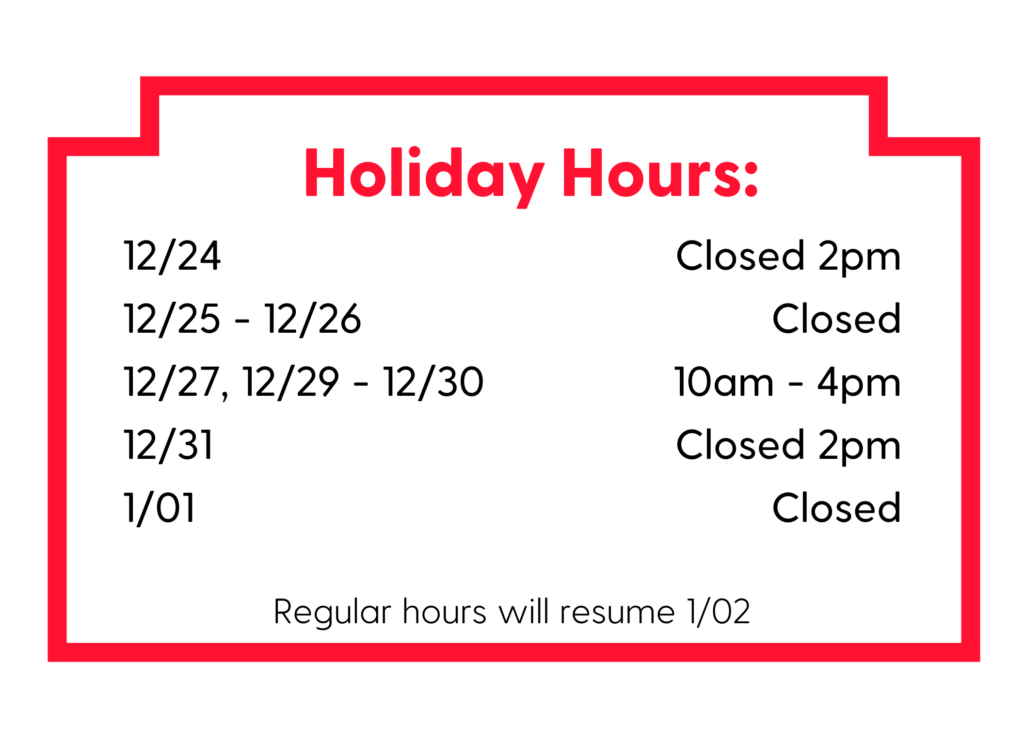
The work of Pauline Kochanski is not easily pigeonholed. Her artistic career spans both decades and mediums, producing photographs, ink drawings, watercolor paintings, and hand-crafted ceramics. In her early twenties, Kochanski was introduced to photography and eventually earned a degree from Colombia College, then still at its original location on Ohio and Lakeshore Drive. Kochanski worked in the photo and printing industries, but all the while she was drawing. When non-degree courses were offered at the Art Institute and Truman College, Kochanski took part. “I’ve always liked having my hand to draw,” Kochanski says, “That’s why I liked the darkroom almost more than any other part of photography—because my hand was in the work.”
Now retired, Kochanski is able to make time every day for artwork: “I believe that I need to do something every day that’s about writing or visual art. Even if I’m reading about it or going to look at art, I’m participating every day in something that is creative or creates ideas. Because that is one of my main ways of identifying myself. There are so many things that I do. I meditate every day and I do yoga every day. It’s important for me to feel as if I am being myself every day.”
For Kochanski, being herself means being a little bit of everything at once. She is not simply a photographer or ceramicist, an artist or mindfulness meditation teacher or grandmother. She is all of these things at once. “We are not all one thing at one time,” Kochanski says, “ we have many, many identities. Sometimes when people say, ‘How would you describe yourself?’ I find that a really to be a really difficult thing to answer. At that moment I am whatever I am doing at that moment.”
Like her identity, Kochanski’s work is similarly multilayered. As Kochanski says, “In my drawings, I layer color over color. So there’s a color often underneath a black background—there’s a little gold, or a little blue, or a little red that comes out because there is always something beyond the outside. There are many layers to everything that we do, everything that we are. So even in my ceramics, the insides are smoother than the outsides, because there is a difference between who we are inside and how we present ourselves. How people perceive us is often different than how we think we are perceived. It’s not a dichotomy that we live with, it’s just that we are many things.”
As part of our Member Highlight program, Kochanski’s ceramic works are now featured in the TAC Gift Shop. Skillfully crafted but organic in their formations, these vases, bowls, and stones feature natural hews with flecks of gold leaf. According to Kochanski, these bright additions to her work have a touching origin story: “The gold leaf is really important to me. I was doing some ceramics and a piece broke and I got really upset about it. We tried fixing it and it came out of the first firing and the piece broke off again and I just decided to work with it. I had all this gold leaf in the house that had belonged to my husband, he was deceased by that time. So I decided to gold leaf all the broken edges. So it became part of my work. It fits into the end of a poem by Leonard Cohen, where he talks about how ‘there is a crack in everything, that’s how the light gets in.’ To me it really talks about life, it’s kind of a thing that I carry with me. Because there are cracks, we are perfect in our imperfections. We are each individual. No one is like me, no one is like you. We are perfect as we are. But there are cracks that let the light come into us and let the light come out of us. Those are the kinds of things I try to carry.”
Pauline Kochanski’s work will be for sale at TAC through September. Also, be on the lookout for Kochanski’s upcoming solo exhibition, which will be presented by the North Shore Art League at the Winnetka Community House next summer. Click here to visit Kochanski’s website.
Are you a current TAC member interested in being featured as a future member highlight? To apply, please fill out the Member Highlight Application, found here, and email it to staylor@theartcenterhp.org or bring it to The Art Center office.
Not yet a member, but want to participate? Sign up for a TAC Membership here!

